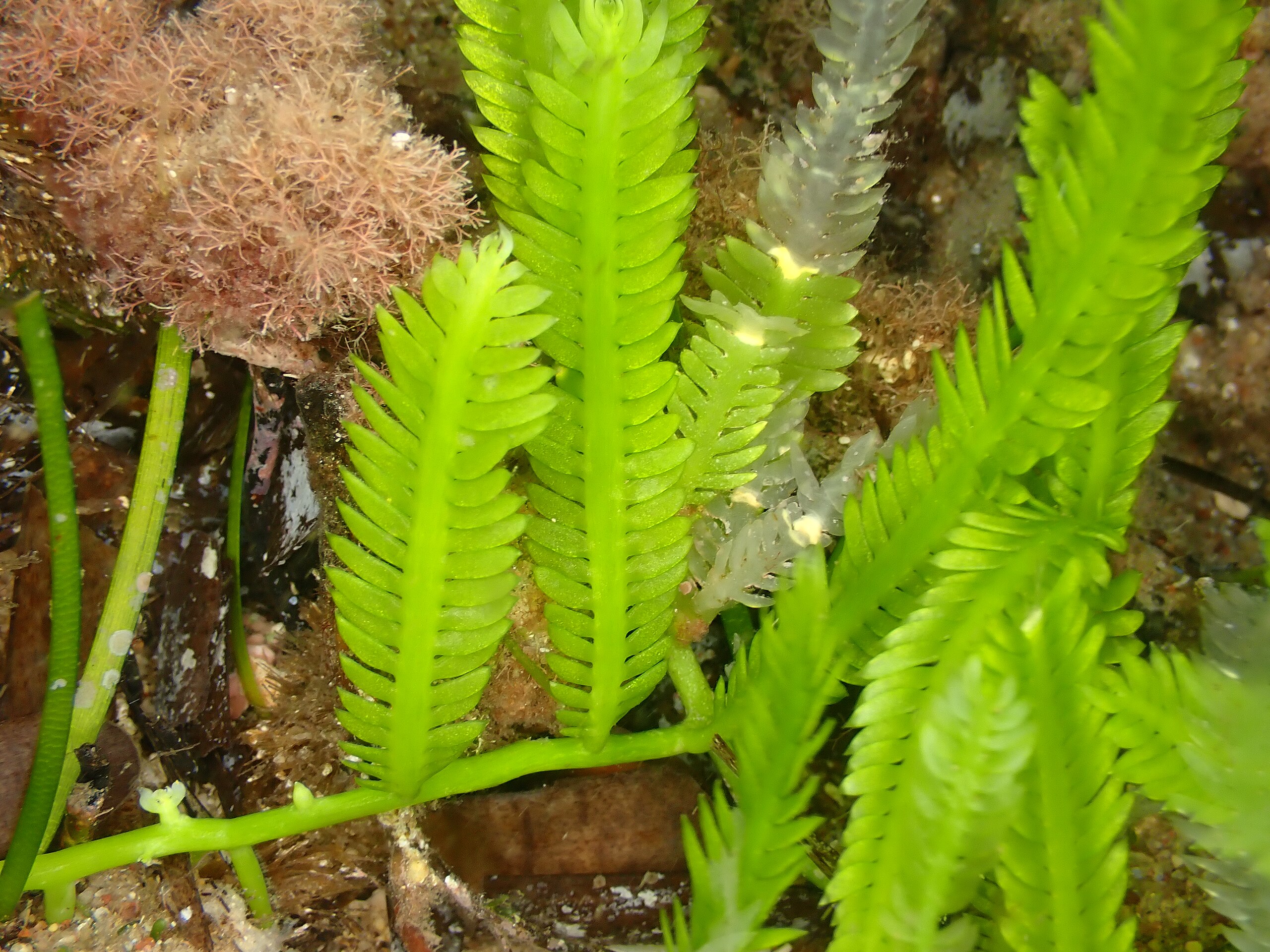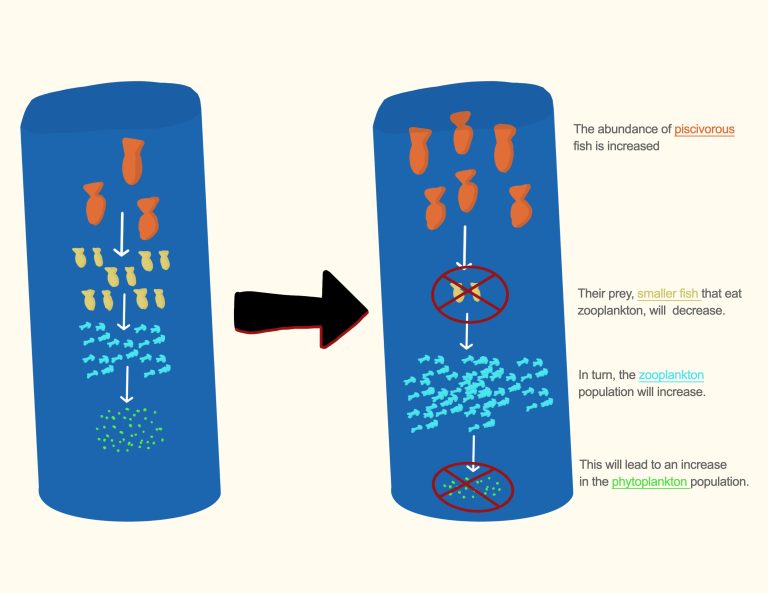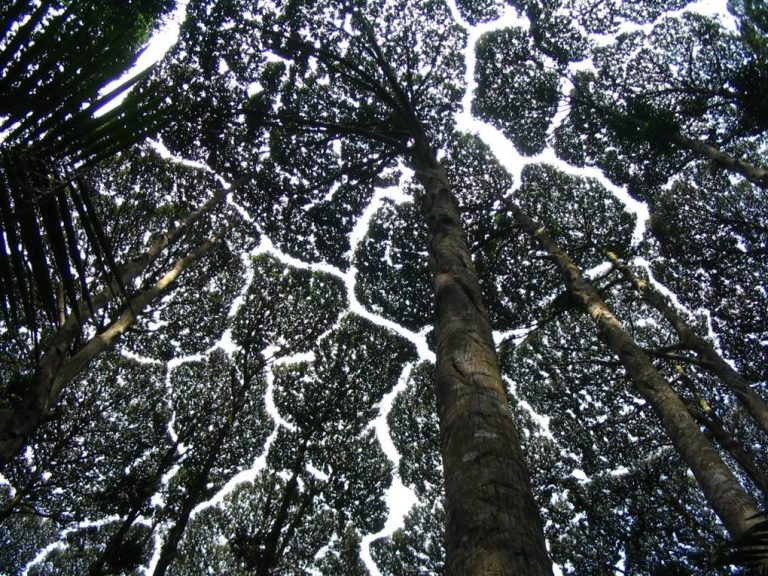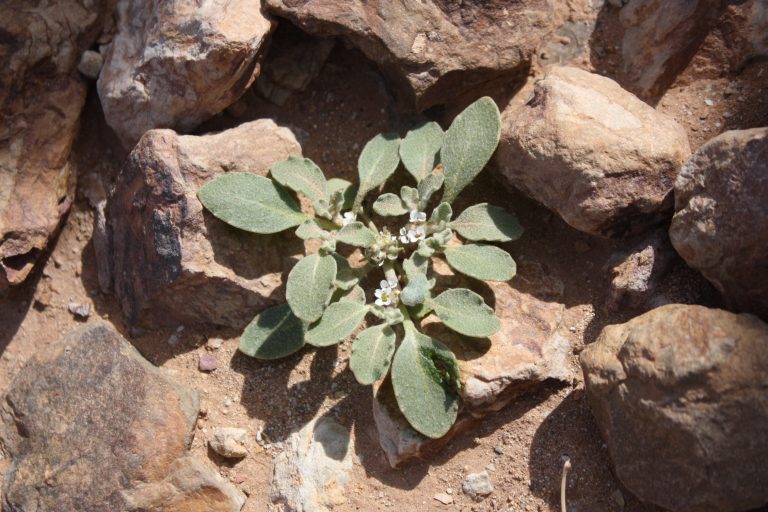Caulerpa taxifolia : The Largest Single-celled Organism
What’s common about single-celled organisms?
They are so tiny that you can’t see them without a microscope, right?
How about a single-celled organism, an alga, which is quite large and even has structures resembling roots, stems etc?
That’s Caulerpa taxifolia, a single-celled marine algae and the largest single-celled organism.
In this post, I will bring you some fascinating information about this huge unicellular organism.
What Is Caulerpa taxifolia?
Caulerpa taxifolia is a large, single-celled green algae found in marine environments.
Size
This alga can grow up to 30 cm(12 inches). That’s huge for a single-celled organism and makes it the largest single-celled organism.
In deeper waters, its fronds can reach up to 40-60 cm, and its stalons can reach up to 2.8 meters.
Native Range & Habitats
Caulerpa taxifolia naturally occurs in the tropical waters of the Pacific and Indian Oceans and Caribbean Sea, occupying a variety of shallow marine habitats such as tide pools, reef flats, and coastal lagoons.
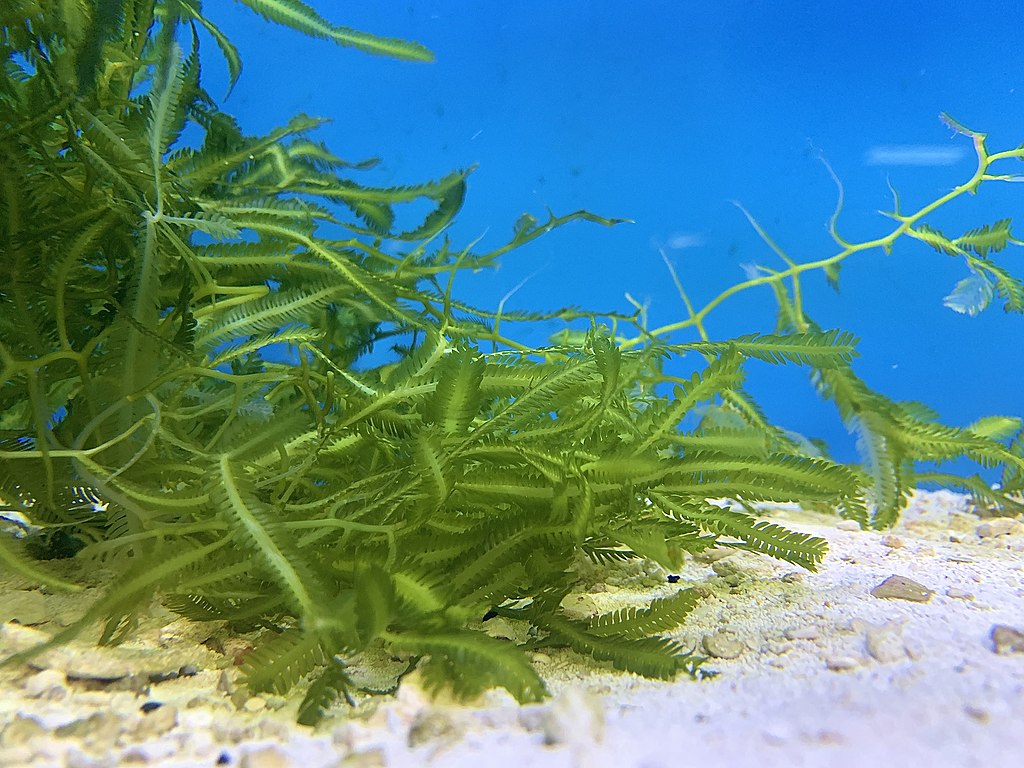
It has been introduced to some other regions, and has become even invasive. I will tell you more about that later in the post.
Caulerpa taxifolia Cell Structure & Morphology
Let’s explore the makings and the appearance of this gigantic single-celled alga.
Cell Structure
The structure of the Caulerpa taxifolia cell is interesting. Even though it’s one gigantic cell, it has many nuclei inside. There are no internal cell walls separating these nuclei, so it’s just one cell. This is called a coenocytic (siphonous) structure.
Within this huge cell, different parts show distinct gene expression and RNA distribution.
Cell Morphology
Different gene expression and RNA distribution within different parts of the cell allow those parts to be formed and function like different organs.
So, Caulerpa taxifolia has structures similar in appearance and function to stems, roots, and leaves, but they are just parts of a single cell with different gene expressions and RNA distribution.
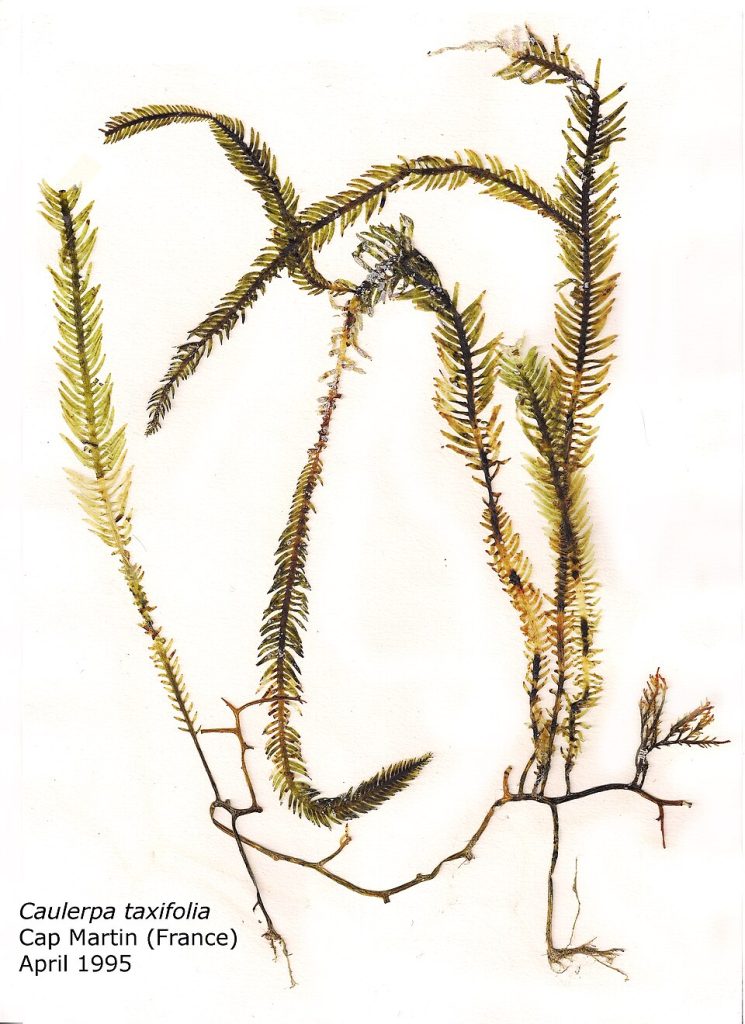
Own work
Author
Weitbrecht
How Does Caulerpa taxifolia Reproduce?
Let’s look into how the largest single-celled organism propagates itself.
Asexual Reproduction by Fragmentation
Caulerpa taxifolia mostly reproduces asexually by fragmentation. That is, small pieces, even as small as 1 cm, that break off the algae can grow into new plants.
Sexual Reproduction
Sexual reproduction of Caulerpa taxifolia is very rare and limited to its native regions.
When it does happen, the algae produces male and female gametes(sex cells), within the same plant.
These gametes are released through the papillae (bumps on the fronds of the plant), usually right before sunrise.
The mother plant dies after it releases the gametes. The released gametes combine to form a structure called zygote that grows into a new plant.
In areas where this plant has become invasive, like the Mediterranean Sea, it has been observed that it only produces male gametes, making sexual reproduction not possible. So, it only propagates asexually in such areas.
The Invasive Nature of Caulerpa taxifolia, The Reason It’s Called Killer Algae
Caulerpa taxifolia has become invasive in certain regions outside of its native range.
The Invasive Strain & Areas It Has Invaded
A strain of Caulerpa taxifolia developed for cold water aquariums, originally from Moreton Bay, Queensland, Australia, has been introduced to some regions outside of its native range, like the Mediterranean Sea, Australia, and Carlifornia, where it has become invasive, mostly due to its ability to propagate asexually by fragmentation.
Impacts of Caulerpa taxifolia Invasion
It forms dense mats covering the sea bed, outcompeting native seagrass and macroalgae.
It produces chemicals that prevent other animals from grazing on it, and other algae and orgasms from growing on it, threatening local biodiversity further.
It changes water flow and increases sedimentation in the regions it has invaded, affecting animals that live in the sediments.
Populations of small animals like amphipods and mollusks decline in these invaded areas, and it affects larger animals who prey on them too.
Invasion of Caulerpa taxifolia in these regions have economical impacts too, as it affects fisheries and recreational activities like diving, and tourism.
These negative impacts of Caulerpa taxifolia has earned its nickname “Killer Algae”.
The Importance of Caulerpa taxifolia
So, what kind of role the largest single-celled organism plays in its natural habitat?
What kind of uses does it have for mankind?
Let’s find out:
Provides Shelter for Small Animals
Growing in small patches and in balance with other seaweeds and seagrases in the habitats of its native range, Caulerpa taxifolia provides shelter and habitat for small animals such as small fish and invertebrates.
Food Source for Some Animals
Even though Caulerpa taxifolia produces chemicals that deters grazing animals, some animals in its native habitats have adapted to graze on it.
There are some fish, sea urchins, and mollusks that graze on it.
Stabilizes The Sea Bottom
In its native range, Caulerpa taxifolia helps stabilize the muddy or sandy sea beds it grows on with its root-like structures called holdfasts and creeping stem-like structures called stalons.
It prevents sea bed erosion by reducing the movement of sediment caused by waves and current.
By reducing the amount of sediment that gets stirred up into the water column, it helps maintain the clarity of the water too.
Uses for Mankind
Caulerpa taxifolia has some benefits for the mankind too.
Aquarium Plant
It’s a popular choice for salt water aquarium due to its attractive, fern-like appearance and fast growth.
Research Value
Scientists study Caulerpa taxifolia to understand cell biology, especially because it’s a large single cell with many nuclei.
Conservation Status of Caulerpa taxifolia
Caulerpa taxifolia is not considered threatened or endangered, with stable populations in its native range.
However, outside of its native range, it’s listed as one of the world’s 100 worst invasive species IUCN Invasive Species Specialist Group due to its aggressive spreading and harmful impacts.
Conclusion
Caulerpa taxifolia, the largest single-celled organism, is a Marine algae that naturally occurs in the tropical waters of the Pacific and Indian Oceans and the Caribbean Sea.
It has many nuclei inside the cell, with no internal cell walls dividing those nuclei.
Different gene expressions and RNA distributions within the cell of Caulerpa taxifolia has allowed the different parts of the cell to appear and function like different organs.
It mostly reproduces asexually and sexual reproduction is rare.
In its native range, it provides shelter for some small animals, acts as a food Source for some grazing animals, and helps stabilize the muddy and sandy sea beds with its root-like and stem-like structures.
It provides scientists with valuable information about cell biology, and is a popular addition to saltwater aquariums.
It has been introduced to areas outside of its native range where it has become invasive, and is considered one of the 100 worst invasive species.
It’s not considered threatened or endangered in its native range.

